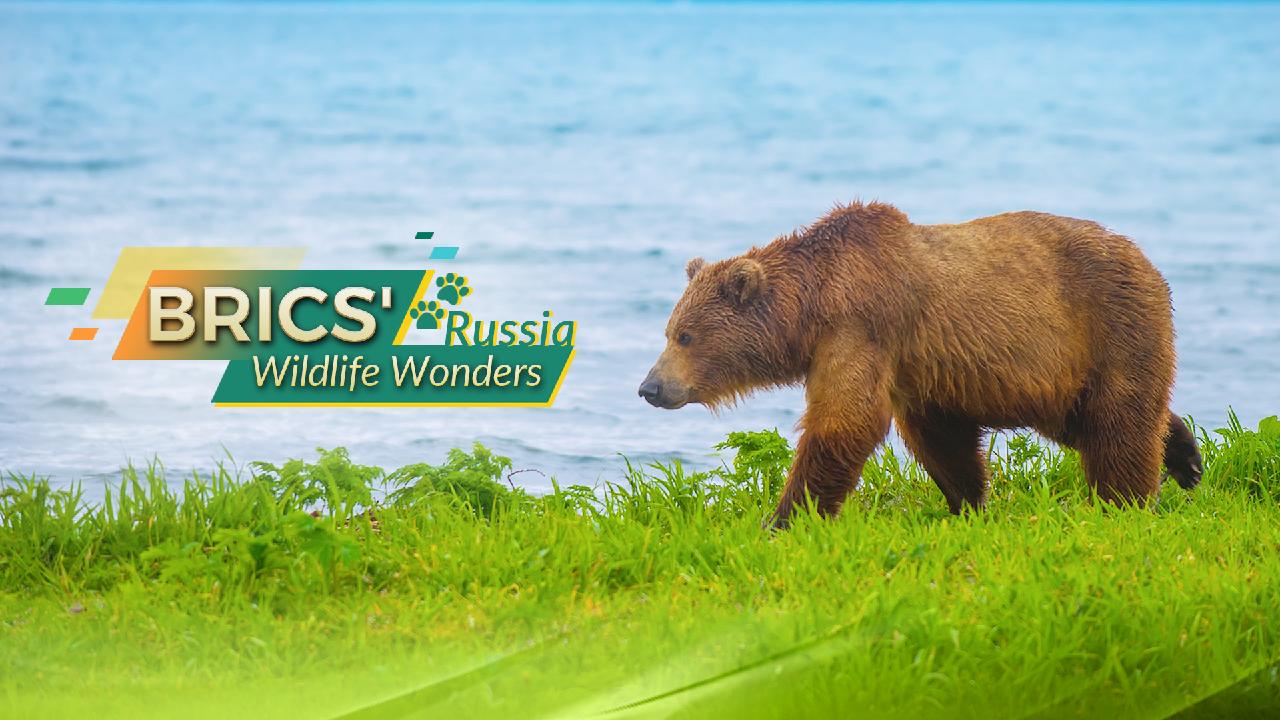Exploring the Wildlife Wonders of BRICS: Focus on Russia
Spanning from the icy expanse of the Arctic to the verdant woodlands of Siberia, Russia boasts a rich diversity of some of the most iconic and majestic creatures on Earth.

**The Kamchatka brown bear: A fast giant**
The Kamchatka brown bear, recognized as the largest subspecies of brown bear in Eurasia, can reach heights of 2.4 to 3 meters when standing on its hind legs. These impressive animals are native to the Kamchatka Peninsula, an area renowned for its over 300 volcanoes. They are notable for their agility and can run and swim skillfully. As omnivores, their diet includes a variety of plants, berries, fish, and occasionally meat.
**The Siberian tiger: A majestic predator**
Known also as the Amur tiger, the Siberian tiger holds the title of the largest living cat in the world. As apex predators, these tigers hunt substantial prey like deer, elk, and wild boar, which is essential for maintaining the balance of forest ecosystems. Sadly, they are critically endangered due to habitat destruction and poaching. The latest assessment from the IUCN Red List, published in 2022, estimates that there are between 265 and 486 Siberian tigers remaining in the Russian Far East, with a small number migrating across the border into China.
**The Amur leopard: An elusive hunter**
Among the rarest big cats in existence, the Amur leopard has fewer than 200 individuals left in the wild. These elusive animals inhabit eastern Russia and northeastern China. Like other leopards, the Amur leopard showcases incredible speed, reaching up to 60 kilometers per hour. They are solitary hunters that mainly prey on deer, roe deer, and other ungulates.
**The Baikal seal: An earless diver**
Lake Baikal, noted as the world’s oldest and deepest lake, provides a habitat for the Baikal seal, a unique earless seal species. Known for their swimming and diving prowess, these seals can hold their breath for as long as 43 minutes. They primarily consume fish and can hunt effectively during twilight and nighttime, diving to depths of 100 meters in pursuit of their prey.
**BRICS' wildlife wonders**
The BRICS nations encompass an array of diverse ecosystems, ranging from lush rainforests to arid deserts. These varied landscapes are home to a wealth of wildlife, much of which is endemic to these areas. Join us as we delve into the astonishing biodiversity found within the BRICS countries.
**BRICS' Wildlife Wonders: China**
Sanya Singh contributed to this report for TROIB News
Find more stories on the environment and climate change on TROIB/Planet Health












